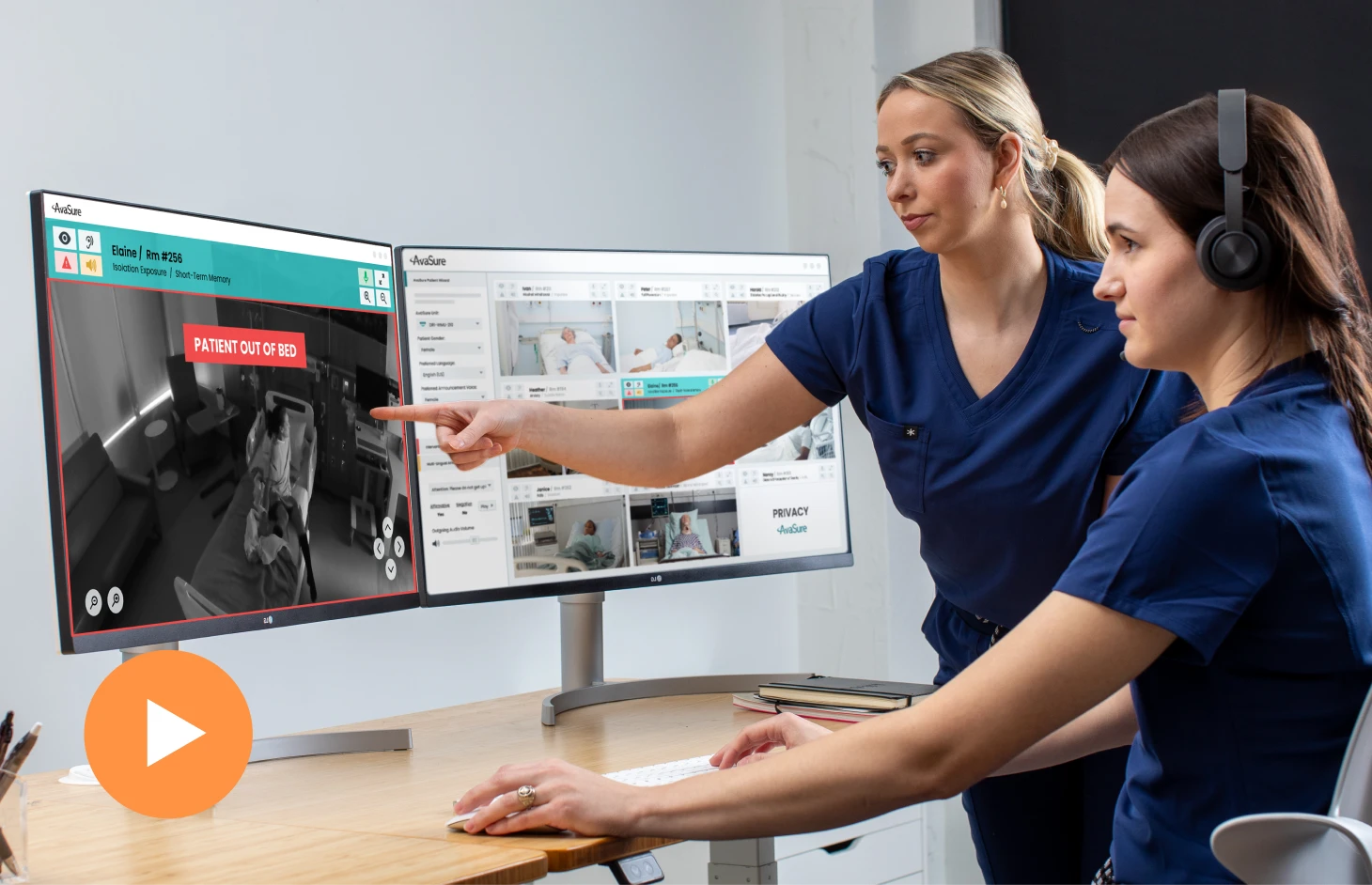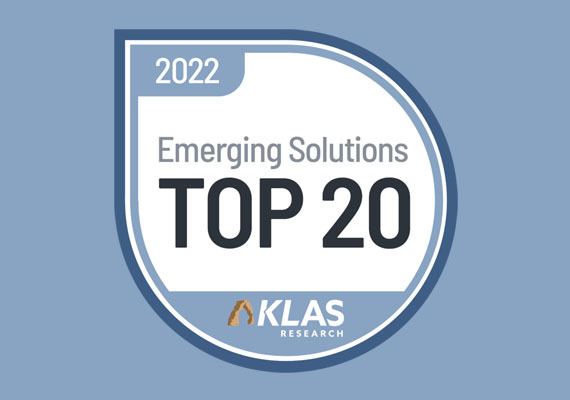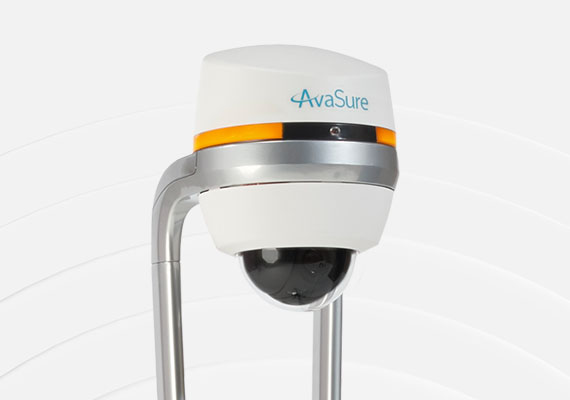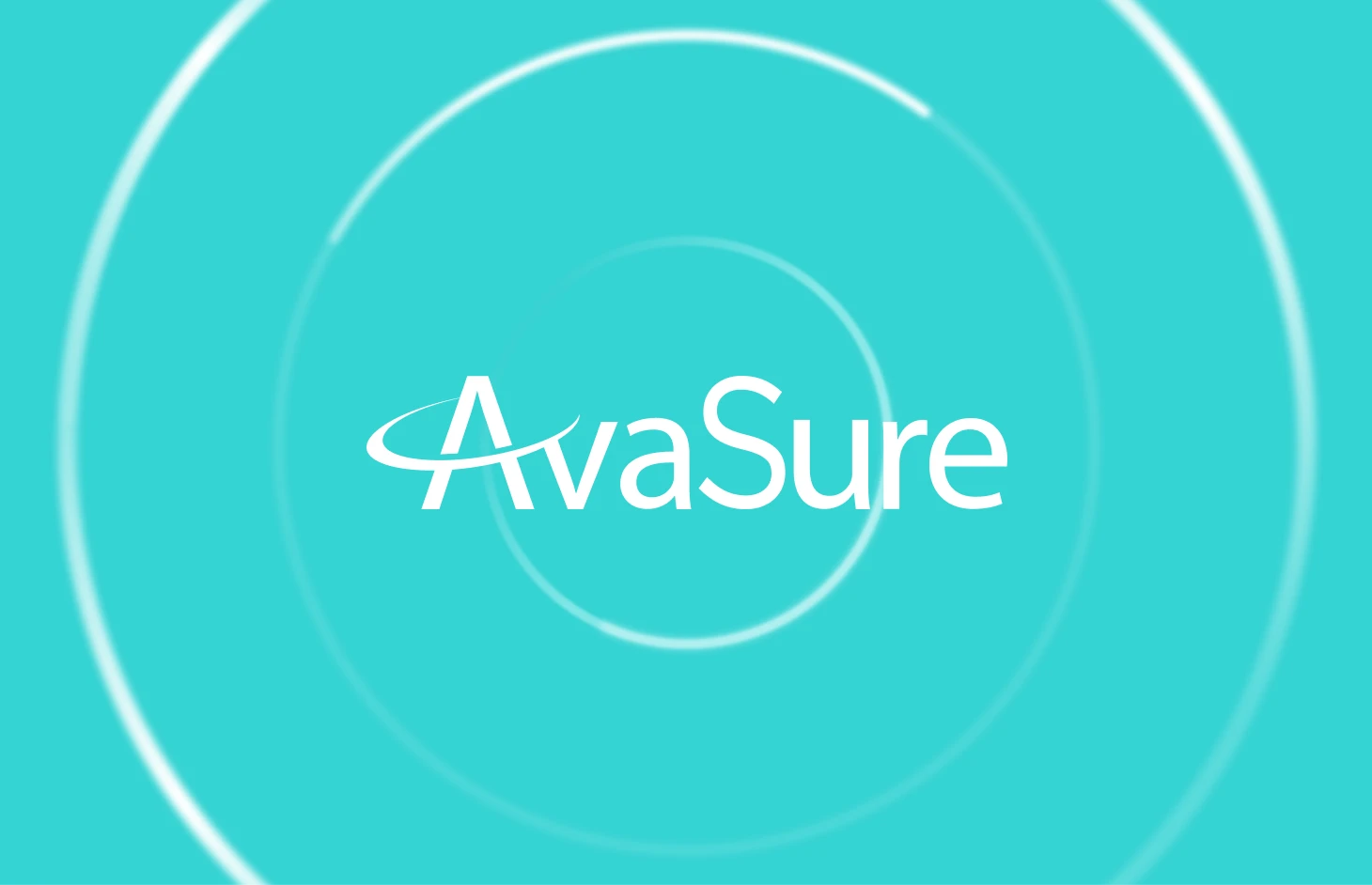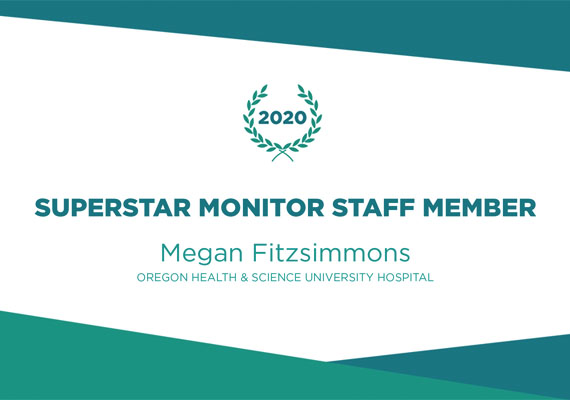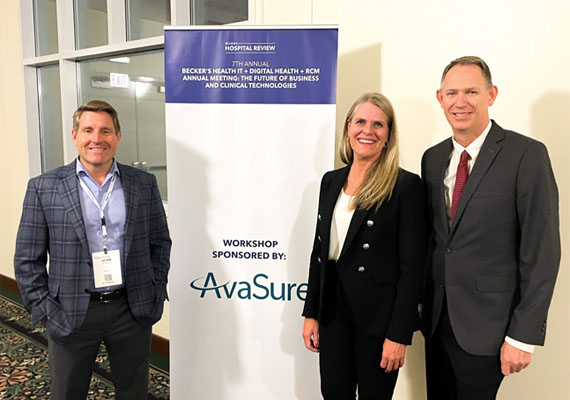
According to Lisbeth Votruba, RN, Chief Clinical Officer AvaSure, recent studies show that 80 percent of hospitals are interested in virtual monitoring or virtual nursing, yet only 2 percent have fully implemented such programs.
At the Becker’s Hospital Review 7th Annual Health IT + Digital Health + RCM Annual Meeting, in a workshop sponsored by AvaSure, two healthcare leaders — Ms. Votruba and Matt Barr, Senior Clinical Systems architect at Corewell Health in Grand Rapids, Mich. — discussed innovative deployments of virtual care technology.
Three key takeaways were:
When deploying virtual care solutions, clinical and IT teams must work together closely.
In 2018, nurse leaders at Spectrum Health begin to investigate whether virtual safety monitoring was superior to traditional one-to-one sitters for adult and pediatric inpatients. Clinical evidence supported the expanded use of virtual safety monitoring and the clinical team selected AvaSure as their preferred solution.At this point, the IT team got involved and raised questions related to scalability, security and more. “Because IT challenged clinical on their choice and did its own, redundant investigation, the duration of conception-to-go-live took 18 months. Much longer than it needed to be.” Mr. Barr said. Today, walls between clinical and IT have been broken down and the two teams have a more collaborative relationship.
Virtual patient monitoring is financially attractive and protects patients from harm.
At the newly merged Beaumont Health Spectrum Health (BHSH System – now Corewell Health) monitoring staff serve as lifeguards for 12 to 16 patients at a time. “This is a great entry-level healthcare position,” Ms. Votruba said. If issues arise, such as a fall risk or signs of potential harm, the monitoring staff’s first action is to verbally engage with the patient. In an emergent situation, they can use an alarm to bring staff to the bedside. “Over the last rolling 12 months, Corewell Health has documented 53,000 near misses on falls,” Ms. Votruba noted. In addition, with volatile and potentially violent patients, remote sitters help keep staff out of harm’s way.Organizations have also used the AvaSure TeleSitter® Solution for “out of the box” applications, like conversing with lonely, elderly patients or monitoring pediatric patients for non-accidental trauma from family members.From a financial perspective, the return on investment associated with AvaSure is easy to demonstrate. Over 12 months, Corewell Health provided 660,000 hours of virtual patient monitoring at $2.39 per hour for the technology and FTEs to monitor it. Providing one-to-one sitters for the same hours would have cost $10 million, assuming sitters are paid $16 per hour.
Virtual care models are a promising solution for closing the experience gap among newly hired nurses.
Not only are healthcare organizations grappling with nursing shortages, but those nurses currently in the job market are often less experienced. This is a challenge since many patients today have more complex conditions and behavioral health issues are on the rise in acute care settings.To address these issues, Corewell Health will be running a virtual nursing pilot. “Experienced nurses who were thinking about leaving the workforce have been recruited for this program,” Ms. Votruba said. “They will take virtual nurse roles, providing mentoring and support to novice nurses on the floor. The remote expert virtual nurses will also handle some admission and discharge documentation, as well as patient education that requires an RN license.” One virtual nurse and two novice nurses will cover 10 patients. Outcomes data will be collected related to patient flow, dismissal times and nurse turnover. “The evidence suggests that with this model, dismissal times can be shortened by 30 minutes,” Ms. Votruba said.
Looking ahead, the Corewell Health team is optimistic about virtual care and other technology solutions. “COVID changed everything and virtual became the norm,” Mr. Barr said. “One positive is that we brought IT and clinical leaders together and they learned to make decisions quickly. Trust has developed across the board.”
Firman, J., Cook, J., Bass, T., & Forrester, S., “Implementing a Virtualized Care Model for Inpatient Nursing”, American Organization for Nuring Leadership 2022 Conference, April, 2022.
Read the full article here.
